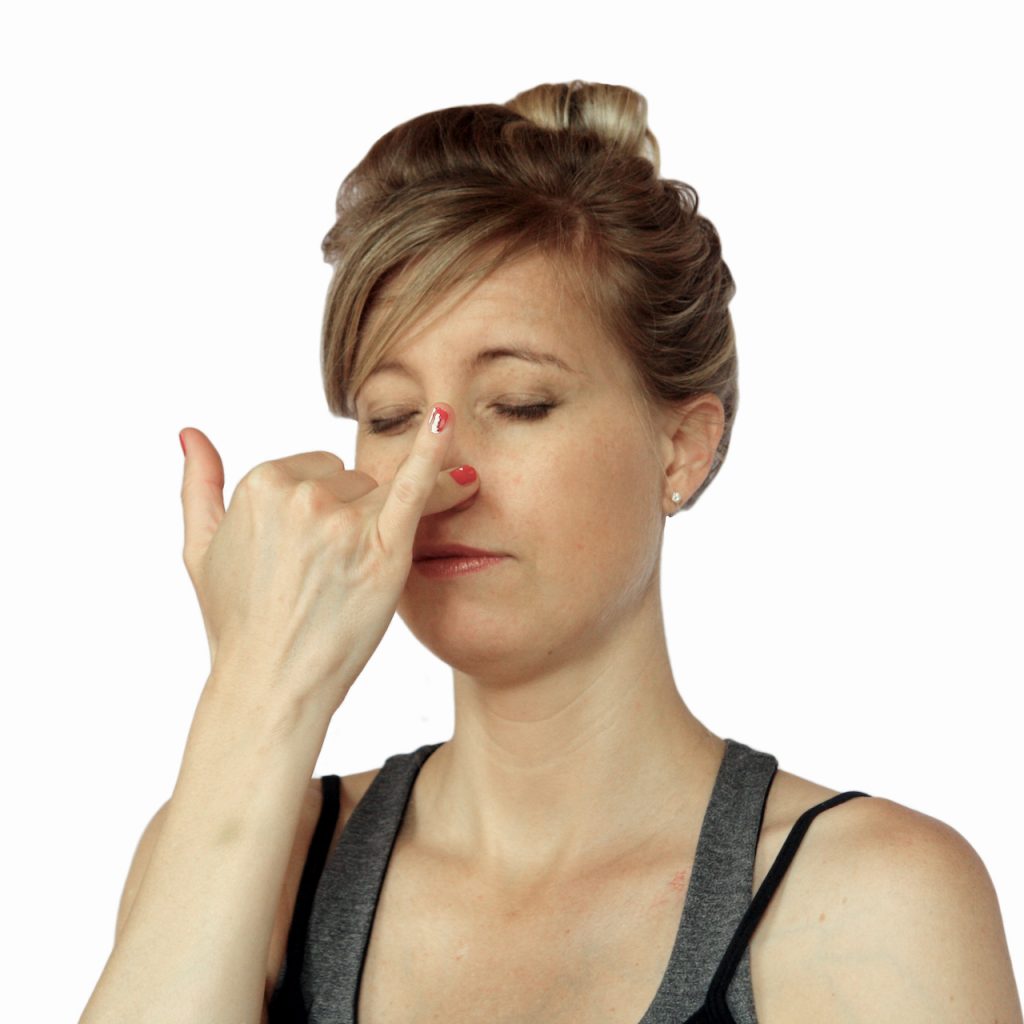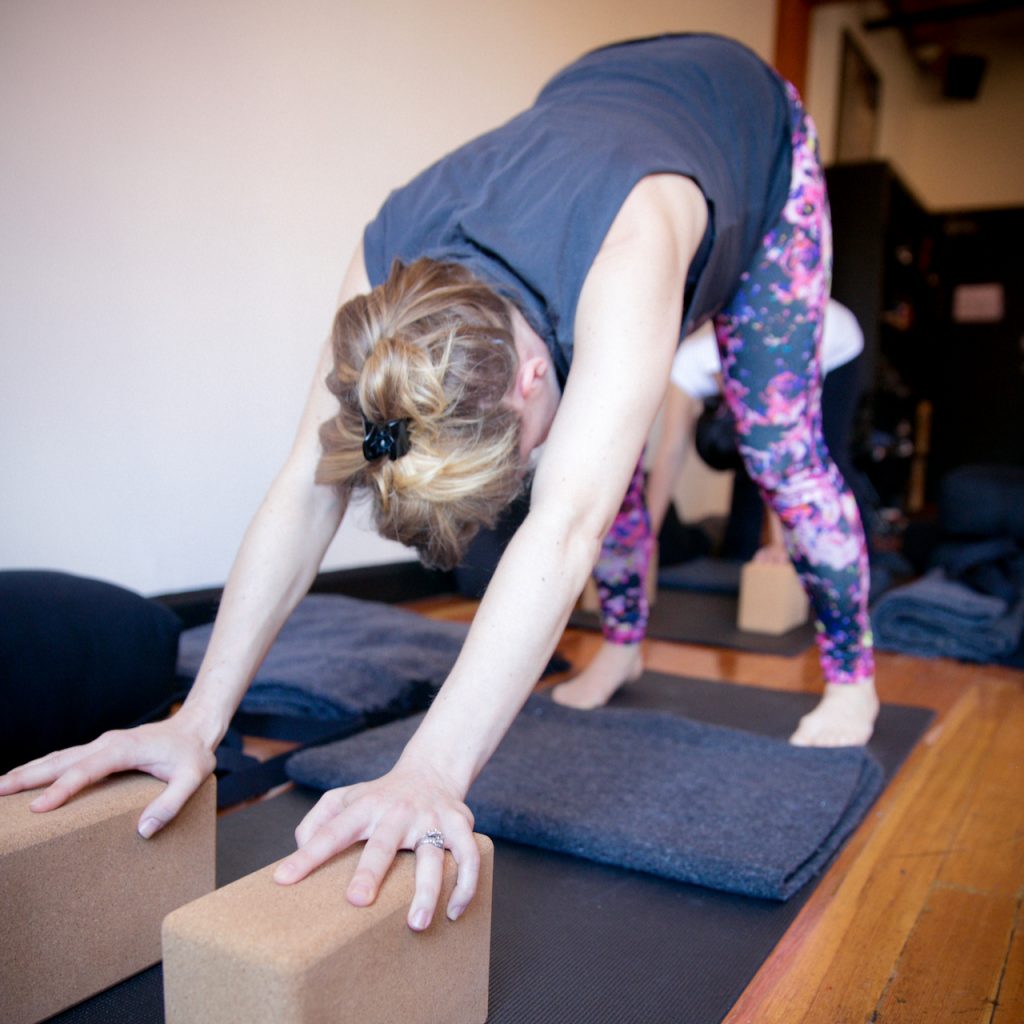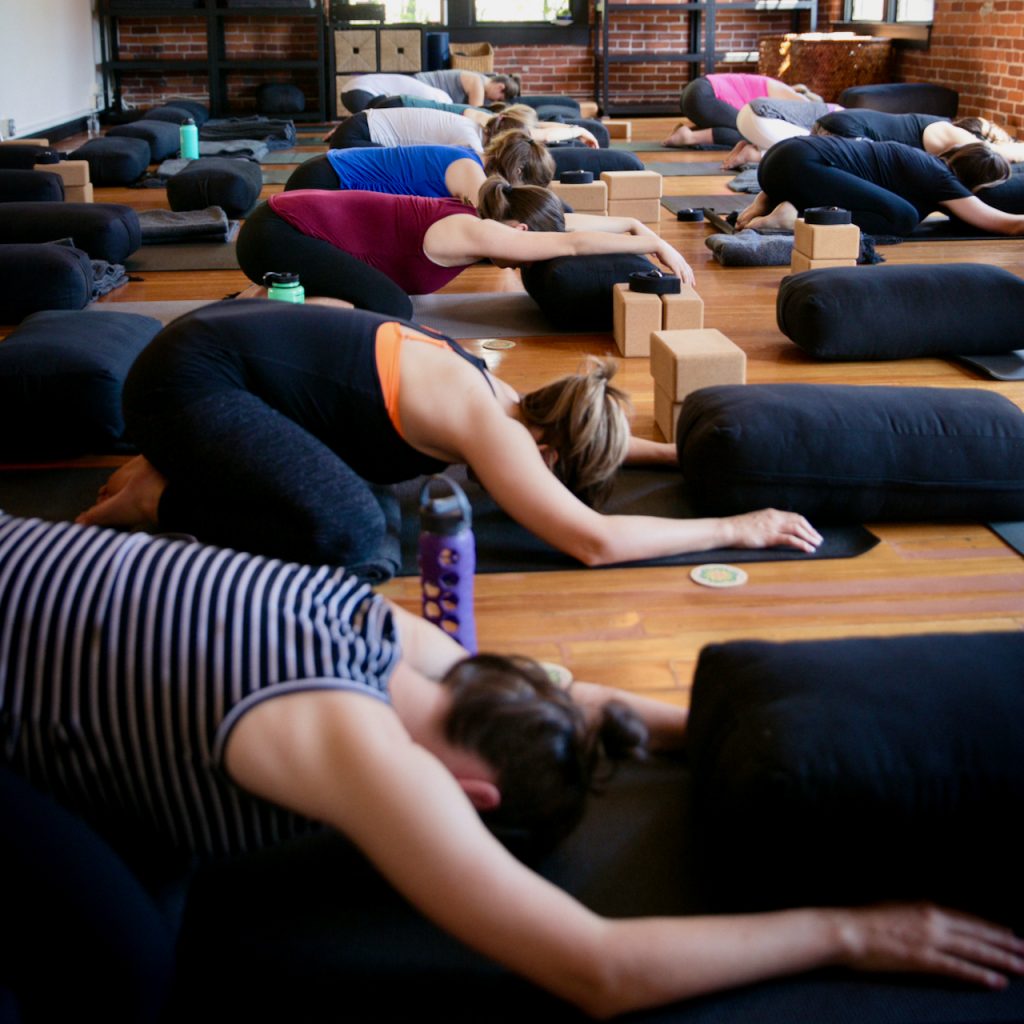By Carol Gray, LMT, CST, RPYT, ERYT-200
Insomnia is common during pregnancy. It ‘s no joke. Some people say it’s just practice for after your baby is born and they wake you at night. Not funny. There are two main categories of pregnancy-related insomnia: trouble falling asleep and trouble getting back to sleep after awakening during the night.
I Can’t Fall Asleep
I assume you have already instituted the typical sleep hygiene measures like: regular bedtime, regular wake-up time, no device exposure 30-60 minutes before bedtime, a wind-down routine (yoga, meditation), dim lights, comfortable bed (pillows and wedges for your pregnant body), cool, comfortable bedroom temperature, etc. When I was a midwife, I often recommended a little extra magnesium supplement at bedtime for trouble falling asleep. However, I’m not your midwife. So ask your care provider if magnesium’s right for you. The standard advice is if you aren’t asleep after 20 minutes of trying, get up and do something different – like a specialized yoga routine for insomnia – or, if you’re pregnant, a light snack with some protein.
I Can’t Get Back to Sleep
You wake up in the middle of the night to pee and you have a hard time getting back to sleep. As a midwife I have counseled so many pregnant people about this one. LOTS OF TIMES pregnant people are actually hungry. A little snack that includes some protein (like a few nuts or a piece of cheese) works to promote a swift return to sleep. It’s magic. All night is a long time to go without food for a pregnant person. Even if you don’t FEEL hungry, try it. For most people it works. Another strategy is a little yoga practice. I don’t expect you to get out of bed and power out a Warrior III. It’s more like alternate nostril breathing or a child’s pose with 20 rounds of breath awareness.
Five-Step Yoga Help for Sleep
Whether you are having trouble falling asleep or trying to get back to sleep after nighttime waking, this routine will help.
Start With Some Type of Pranayama – Breathing Exercise
1a. Nadi Shodhana – Alternate Nostril Breathing
I recently wrote a blog post all about Nadi Shodhana. Click this link to learn more about it. There’s even a how-to video.
Or…
1b. Breath Awareness
Is Nadi Shodhana not quite right for your bedtime routine? Try Breath Awareness. You could also do both Nadi Shodhana and Breath Awareness…
Here’s how to do Breath Awareness:
- Voice-record the script (or your version of the script). You can do this with your own voice or have a partner or friend record it for you to use. The script should be read very slowly with breaks between the sentences. These breaks allow you to notice your breath and give time for the messages to sink in.
- An alternative to your own script would be a pre-recorded Yoga Nidra practice. Make it a short one. 10 minutes is plenty for this purpose.
- Listen and practice frequently. The more often you do it, the more effective it is.
- This Breath Awareness practice is also a great pain-coping practice for labor.
- Practice Breath Awareness in a very comfortable position. You decide what that position is.
A SCRIPT EXAMPLE
- Settle in.
- Allow memories, thoughts and plans to arrive. Acknowledge that they are important. Then let them go.
- Notice your slow, smooth, steady breath.
- With each inhale you have the opportunity to send oxygen, love and healing to any part of your body or your baby’s body.
- With each exhale you have the opportunity to experience release – let something go.
- You have this opportunity several times each minute.
- You are an expert at breathing.
- You have been making breathing movements since you were a tiny embryo inside your own mother.
- At first your breathing movements were irregular and infrequent.
- As you got closer to being born, the movements became more frequent and more regular.
- You breathed amniotic fluid in and out until the moment you were born. Then you began to breathe air.
- You can notice your breath when you need help to cope with anything that is challenging.
- It’s always available to you.
- Each exhale brings a deep sense of relaxation, peace and release.
- Notice each exhale from start to finish.
- The inhales happen automatically.
- Notice your exhales.
2. 20-30 rounds of breath in a squat
This should be a position of rest. If it isn’t, you need more support. You can make this a supported squat by putting a rolled blanket or towel under your heels if they don’t reach the floor. You can also squat while seated on a bolster, a cushion or a block cushioned with a blanket.
Notice each exhale during your squat. If you lose focus, welcome yourself back with kindness and begin again. The welcoming back part IS the practice.
3. Downward Facing dog
Do this for as long as you like. Keep noticing your exhales while you do it.
- Begin on your hands and knees.
- If your hands and wrists feel tender, use blocks like the person in the picture.
- Inhale and tuck your toes.
- On an exhale, send your hips up and back as you straighten your legs.
- Separate your feet to hip width distance – or more.
- Send your heels toward the floor.
- Let your head hang.
- When you’re done, drop back to hands and knees and then find your way to…
4. Child’s Pose
- Place a folded blanket or bath towel under your knees.
- Sit with your knees and shins on the blanket/towel.
- Spread your knees out wide.
- Bring your big toes to touch behind you.
- Send your hips back to your heels.
- Walk your hands forward.
- Rest your forehead on the floor or on a bolster or pillow.
- The bolster or pillow makes more room for your belly. It’s optional. You may not need it.
- Stay as long as you like. Try to give yourself at least five minutes of not breathing a certain way, not making shapes with your body and not planning what comes tomorrow.
5. Crawl Into Bed
Begin again.
Good night.
Namaste.
P.S. Here’s a link to Insomnia — The Movie — a guided video version of the five-step process described above.
About Carol Gray
 Carol is the founder and owner of MamaSpace Yoga. She has been a therapeutic bodyworker in private practice for over 31 years. She specializes in Craniosacral Therapy for pregnant and postpartum people and infants. Carol has spent years developing hands-on techniques to enhance the mobility in pregnant bodies including the bony pelvis, the abdominal organs, the support structures and lower segment of the uterus. She is proud to have pioneered the integration of this gentle manual therapy into prenatal care, the birth place and postpartum care for birthing parents and babies. The goal is to give babies more room to develop, grow and get born. Her specially-designed yoga classes have grown naturally from the roots of bodywork and yoga.
Carol is the founder and owner of MamaSpace Yoga. She has been a therapeutic bodyworker in private practice for over 31 years. She specializes in Craniosacral Therapy for pregnant and postpartum people and infants. Carol has spent years developing hands-on techniques to enhance the mobility in pregnant bodies including the bony pelvis, the abdominal organs, the support structures and lower segment of the uterus. She is proud to have pioneered the integration of this gentle manual therapy into prenatal care, the birth place and postpartum care for birthing parents and babies. The goal is to give babies more room to develop, grow and get born. Her specially-designed yoga classes have grown naturally from the roots of bodywork and yoga.
Carol has dedicated her professional life to supporting expectant and new families by promoting gentle aware birth. She attended births for over 35 years – at first as a doula and from 2000 to 2012 as a midwife. She has since retired from attending births in order to focus on practicing and teaching CST and prenatal yoga. Her many years as a birth worker have forever changed her and her worldview. Those experiences remain an integral part of who she is as a therapist and teacher.
Carol is the founder and director of the The Carol Gray Center for CST Studies®. She teaches high-quality, small group classes that are appropriate for bodyworkers, birth attendants and other health professionals. She is approved by the National Certification Board for Therapeutic Massage and Bodywork (NCBTMB) as a continuing education approved provider.








